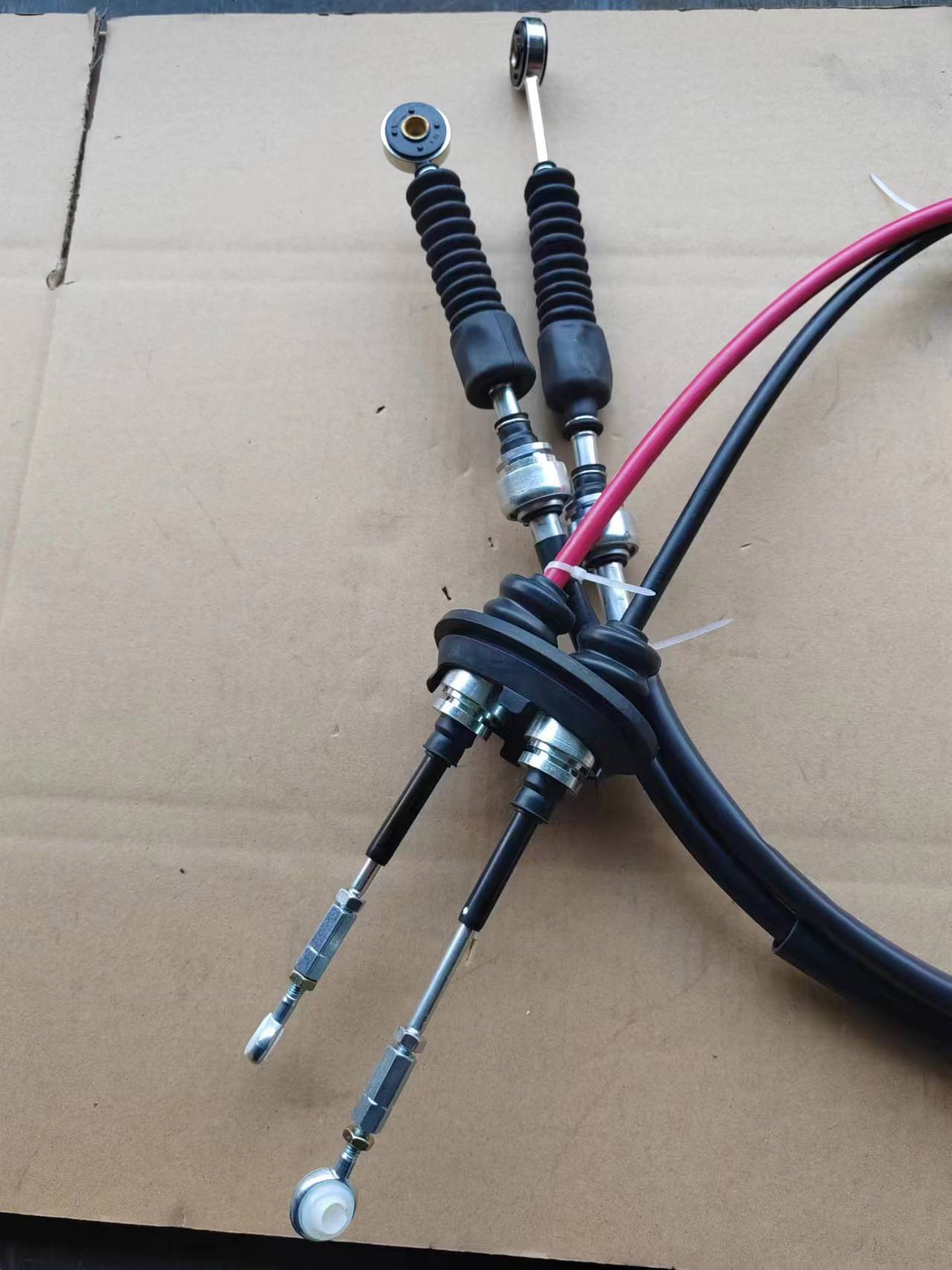throttle cable control
Throttle Cable Control An Essential Component of Engine Performance
Throttle cable control plays a crucial role in the operation of internal combustion engines, especially in vehicles. It is part of the broader throttle control system that regulates the amount of air-fuel mixture that enters the engine. Understanding how throttle cables work and their impact on engine performance is essential for both automotive enthusiasts and everyday drivers.
At its core, the throttle cable connects the accelerator pedal to the throttle body of the engine. When a driver presses the accelerator pedal, the movement pulls on the throttle cable, which in turn opens the throttle plate in the throttle body. This action allows more air-fuel mixture to enter the engine, resulting in increased power and acceleration. Conversely, when the driver releases the accelerator, the throttle cable retracts, closing the throttle plate and decreasing engine power.
The design and quality of throttle cables are vital for ensuring precise control over the engine’s performance. Throttle cables must be sturdy yet flexible enough to allow smooth operation without binding or fraying over time. Materials used in manufacturing these cables often include high-strength plastics and metals to withstand the harsh conditions of the engine environment.
One of the most significant advantages of using a throttle cable system is its simplicity and reliability. Unlike electronic throttle control systems, which rely on sensors and motors to regulate throttle position, traditional throttle cables provide a direct mechanical connection between the driver’s input and the engine’s response. This system offers immediate feedback, allowing drivers to feel more connected to their vehicle.
throttle cable control

However, throttle cable systems are not without their drawbacks. Over time, cables can stretch or become damaged, leading to poor throttle response or sticking. Regular maintenance is essential; lubricating the cable can help reduce friction and wear, while inspection for any signs of damage can prevent unexpected failures. In cases where the cable wears out completely, it will need to be replaced to restore proper functionality.
With the advancements in automotive technology, many modern vehicles have transitioned to electronic throttle control (ETC) systems. These systems utilize sensors to detect pedal position and electronically adjust the throttle plate. While ETC offers advantages like improved fuel efficiency and enhanced emissions control, some enthusiasts prefer traditional throttle cables for the immediate feel and responsiveness they provide.
In racing and high-performance applications, throttle cable control remains a popular choice due to its direct response characteristics. Tuners and racers often opt for custom throttle cable setups to optimize engine response and enhance performance. The ability to make quick adjustments to throttle position can be crucial during competitive events, highlighting the importance of this component in motorsport.
Overall, throttle cable control is a fundamental element of vehicle dynamics. For drivers seeking a more connected driving experience, vehicles equipped with traditional throttle cables can deliver the responsiveness and engagement desired. Despite growing trends toward electronic systems, the reliability and simplicity of cable-based throttle control will likely keep it relevant for years to come.
In conclusion, throttle cable control is not just a mechanical lever; it is an essential component that bridges the gap between the driver and the engine. Understanding its functionality helps drivers appreciate the complexity behind automobile performance. Whether in everyday driving or racing scenarios, maintaining a healthy throttle cable system is key to ensuring an enjoyable and efficient engine operation. As the automotive landscape continues to evolve, the role of throttle cable control remains a testament to the enduring relationship between man and machine.
-
Upgrade Your Control with Premium Throttle CablesNewsAug.08,2025
-
Stay in Control with Premium Hand Brake CablesNewsAug.08,2025
-
Experience Unmatched Performance with Our Clutch HosesNewsAug.08,2025
-
Ensure Safety and Reliability with Premium Handbrake CablesNewsAug.08,2025
-
Enhance Your Vehicle with High-Performance Clutch LinesNewsAug.08,2025
-
Elevate Your Ride with Premium Gear CablesNewsAug.08,2025
